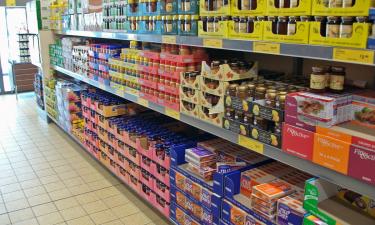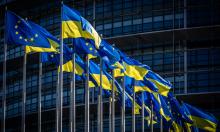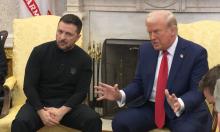Soccer: War of Sports Brands
Soccer battles on the national and especially international arena are not just bouts of sports teams. Sport number 1 has long been the engine of commerce for the leading apparel manufacturers in the world. All soccer business participants, including national teams, clubs, players and top-level coaches play for one or the other sports brand.
Nike and Adidas are the key players in this market that dress most of the top clubs and national teams as well as share the leading world players. Puma can be considered number three in this company, although it does not take a direct part in the global battle between the Americans and Germans. Adidas’s key stronghold is soccer, as it has been a long-standing partner of FIFA. Nike almost completely usurped its own continent and decided to go storm the main summit.
Nike is expanding its attack on other continents with certain success in Latin America. Nike made its first major marketing move in soccer only in 1996, signing a contract with the Brazilian national team. Since then the company has been moving steadily and linked an entire constellation of soccer club brands to its brand. They include Barcelona (the amount of five-year contract is $189 million), Manchester United ($439 million for 15 years), Arsenal (approximately $250 million over 10 years), Juventus ($12 million per year), and so on.
Russia Today: World Cup referee Irmatov named Pride of Uzbekistan
The Germans chose not to lie low, thinking that an attack is the best defense. Adidas burst onto the North American market by acquiring crushed Reebok, signing a sponsorship contract with the NBA and contracts with a number of basketball stars.
The famous finale of the France-Brazil match in 1998 became a super-battle of brands. Frede Beigbeder in his book “99 Franks” said it in the best possible way stating that it was not France that beat Brazil; it was Adidas who beat Nike.
The battle of the giants has intensified in 2007-2008, when it was time to renew contracts with the national soccer federations, after a number of tournament cycles. Nike signed its first soccer contracts in 1996-1998, while Adidas was renewing its old ones at the same time.
The first blow was delivered by Nike when in late 2007 it captured the traditionally “Adidas” country, France, that had been playing in Adidas apparel since 1972. That could be a Pyrrhic victory. In its last Adidas cycle France disgraced itself in the world and European championships, showing very weak play. Nike undertook to dress the French from 2011 to 2018 and pay the French Soccer Federation $67 million a year. Will they have to buy matches? Playing like this the French may fail to be selected even for a European Championship.
The Germans laid their eyes on the Russian team. In September of 2008, Adidas signed a 10-year contract with the Russian Soccer Union (RSU) for $100 million. The previous Russian contract with Nike was 10 to 15 times smaller. According to Newsweek that was involved in the transaction, the Americans were prepared to pay the same amount, and then the RSU, under the terms of the old contract, would have to continue working with Nike.
The RSU is to receive $100 million for the four qualifying cycles, the last of which ends in the summer of 2016. It is also to receive ammunition for all teams, royalties from sales of T-shirts, as well as bonuses for reaching the final part of the World and European championships.
One of the most important, although not advertised items of the contract, is the royalties, i.e., charges for usage of the brand by national team that go directly into the pocket of the RSU.
Typically, the rate ranges from 5 to 10% of total revenue. The agreement also specifies a minimum level of royalties. If sales exceed a certain level, then proceeds to the Federation will be even higher. According to Newsweek, in the case of the RSU, royalties come to approximately 10%. In any case, RSU would receive more from Adidas through retail sales than it would have received from Nike. The Germans probably made good money when the Russian team advanced to the European Championship and the quarterfinals, to the surprise of many.
Nike spent $58 million and Adidas spent $71million on promotional activities for the last World Cup. So far the Germans, judging by the sporting success, beat competitors' business with the feet of their players. At the World Cup in South Africa, Adidas had 12 teams, while Nike fielded only nine. In the finale, Spain equipped by Adidas scored the only goal against Nike Holland.
Vitaly Salnik
Bigness
Subscribe to Pravda.Ru Telegram channel, Facebook, RSS!





